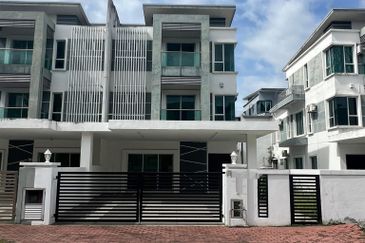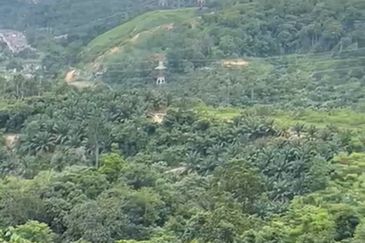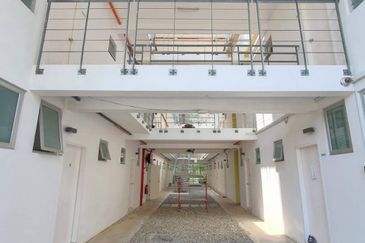Billions of ringgit go up in flames yearly. As of September this year, fire incidents in the country have caused an estimated RM3.7 billion in total value of losses, according to the Fire and Rescue Department Malaysia (Bomba). This figure has way surpassed the total value of losses recorded for the whole of 2016 by 54.1%.
Fatalities from fires recorded up to September numbered 106, just one shy of the 107 lives lost in fires for the entire year of 2016.
These figures should raise alarm bells considering the rising density of people and building settlements especially in urban areas. The question is, how do we prevent more properties and lives from being razed?
“Prevention is and always will remain the priority. The worst enemy of fire safety is complacency.
“When there is a [fire] drill, nobody turns up — this is complacency. Only when we hear about tragic events caused by fire in the news do we feel empathetic towards them [the victims], but we never think it will happen to us,” said Bomba Fire Safety Division assistant commissioner Hamdan Ali.
* Urgent need to spread fire-safety knowledge
* Is your building a death trap?
* Are we living dangerously?
* Steps to keep our homes safe from fire
* Electricity — friend or foe?
* Burning questions
* Concerns over enforcement on fire safety regulations

“The cost of fires is made up of a combination of the losses caused by fires and money spent on fire prevention, protection and mitigation by detecting, containing and suppressing them effectively,” he added.
Instead of asking the cost of a fire incident, Hamdan said the better question could be: “What is the cost of not having fire safety?”
Hamdan was speaking on the topic “Fire safety and building regulations — is Malaysia outdated?” at the EdgeProp.my Symposium 2017 “Is your home a fire hazard?” held in Hilton Kuala Lumpur on Oct 14.
The symposium was organised by EdgeProp.my. Gamuda Land was the presenting sponsor while Nippon Paint Malaysia was the supporting sponsor. The half-day event was also supported by The Edge Malaysia.
Hamdan noted that experts have concluded that it is best to prevent fires before they happen. Prevention could be carried out in three core areas, or what is known as the Three Es — engineering, enforcement, and education.
Engineering covers the design and building of structures that are safe from fires.

“Use the best building practices to create structures that resist fire or that could prevent major losses in case of fire,” offered Hamdan.
Meanwhile, enforcement has to be done while buildings are being designed and built to ensure that the work is done within the required fire codes. Once construction is completed, more checks and approvals are carried out to ensure that these fire safety codes have been followed.
Education is also important to inform people on how to prevent fires and what to do in the event of a fire.
Hamdan also noted that Malaysia’s fire safety laws are constantly updated. Provisions under the Uniform Building By-laws 1984 have been updated in 2012 to eliminate unnecessary requirements and include new ones — for instance, with regards to building materials, construction methods and technologies.
“Life safety is the prime objective when it comes to fire safety and building regulations. Under the Fire Services Act 1988 (Act 341), building owners or managements are responsible for occupant safety through self-declaration of the fire certificate under the fire regulation. This is the minimum requirement by law.

He also noted that as building design evolves and becomes taller, more iconic and complicated, it is important to adopt a performance-based building regulatory system rather than to just follow the prescriptive laws.
“Today, building codes in many countries are shifting from prescriptive to being more performance-based. It uses fire science, fire engineering principles and human science to protect people, property and the environment from fire,” he added.
Tall buildings, for instance, possess attributes that can adversely affect the fire safety of a building including extended evacuation time, water supply limitations, height beyond the availability of resources of Bomba and a pronounced stack effect.
“Some of the fire strategies for high-rise buildings include using fire suppression system provisions such as sprinkler design densities, special suppression systems and fire pump arrangement; smoke management system provisions such as the design approach and egress system provision, including the use of horizontal exits, phased evacuation zones and unique exiting configurations,” Hamdan explained.

In conclusion, he said all stakeholders should play their part in the prevention of fire incidents.
“If everyone played their part diligently, it will be a win-win situation for building owners, fire fighters, professional engineers, professional architects, insurance underwriters and all occupants of the building, which could be you and me with our families,” he added.
This story first appeared in EdgeProp.my pullout on Oct 20, 2017. Download EdgeProp.my pullout here for free.
TOP PICKS BY EDGEPROP

Dorset Place @ Taman Lapangan Setia
Ipoh, Perak
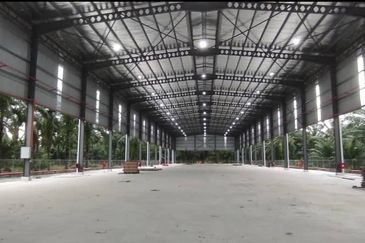
Telok Panglima Garang Industrial Zone
Telok Panglima Garang, Selangor

Kundang Industrial Park (Kawasan Perindustrian Kundang)
Rawang, Selangor

Segambut Industrial Area (Kawasan Perusahaan Segambut)
Segambut, Kuala Lumpur

Segambut Industrial Area (Kawasan Perusahaan Segambut)
Segambut, Kuala Lumpur
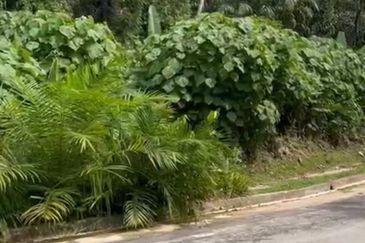
Segambut Industrial Area (Kawasan Perusahaan Segambut)
Segambut, Kuala Lumpur

Medan Idaman Business Centre
Setapak, Kuala Lumpur




